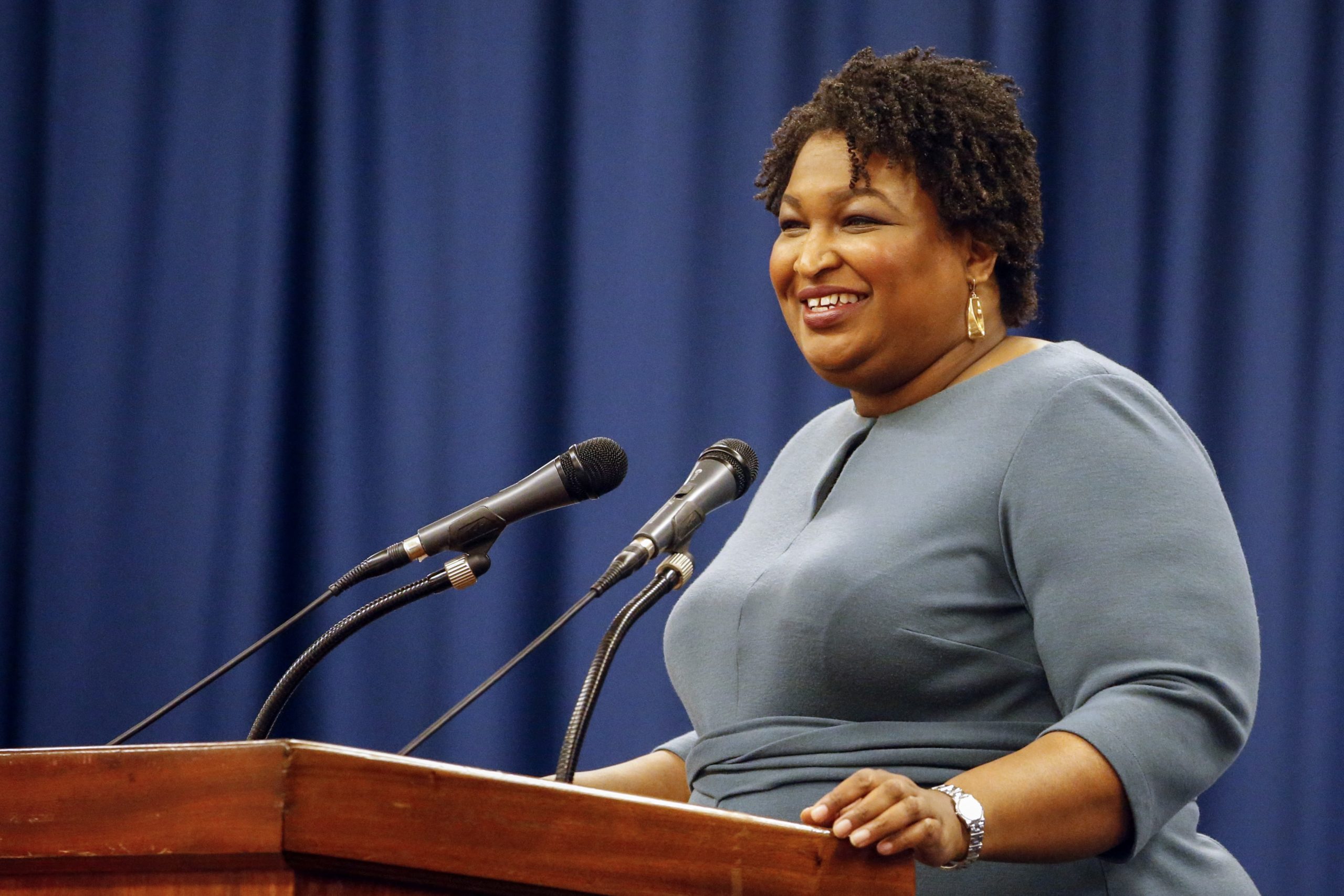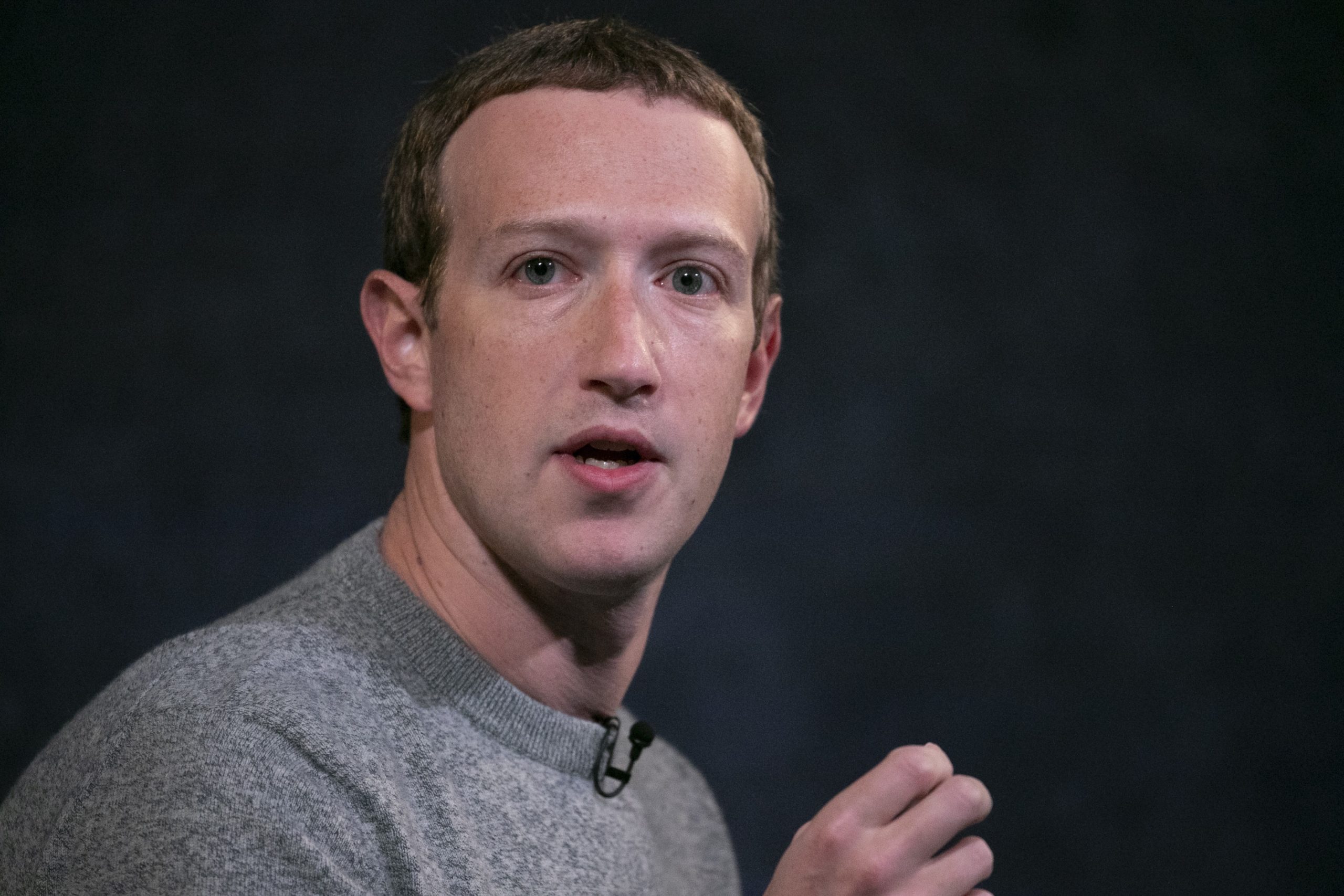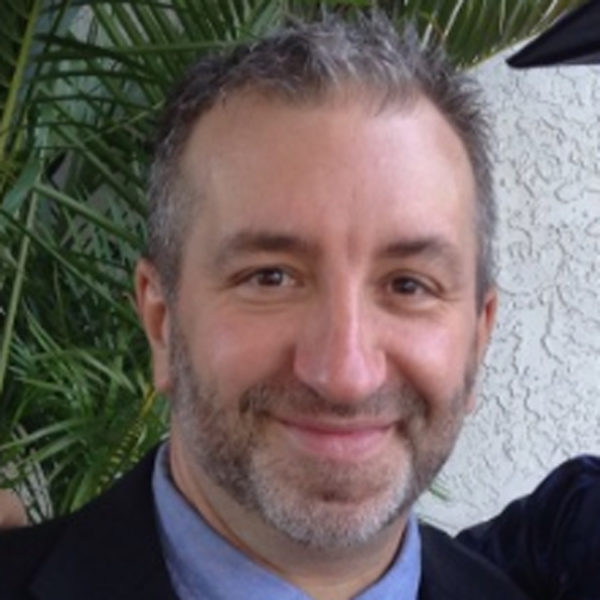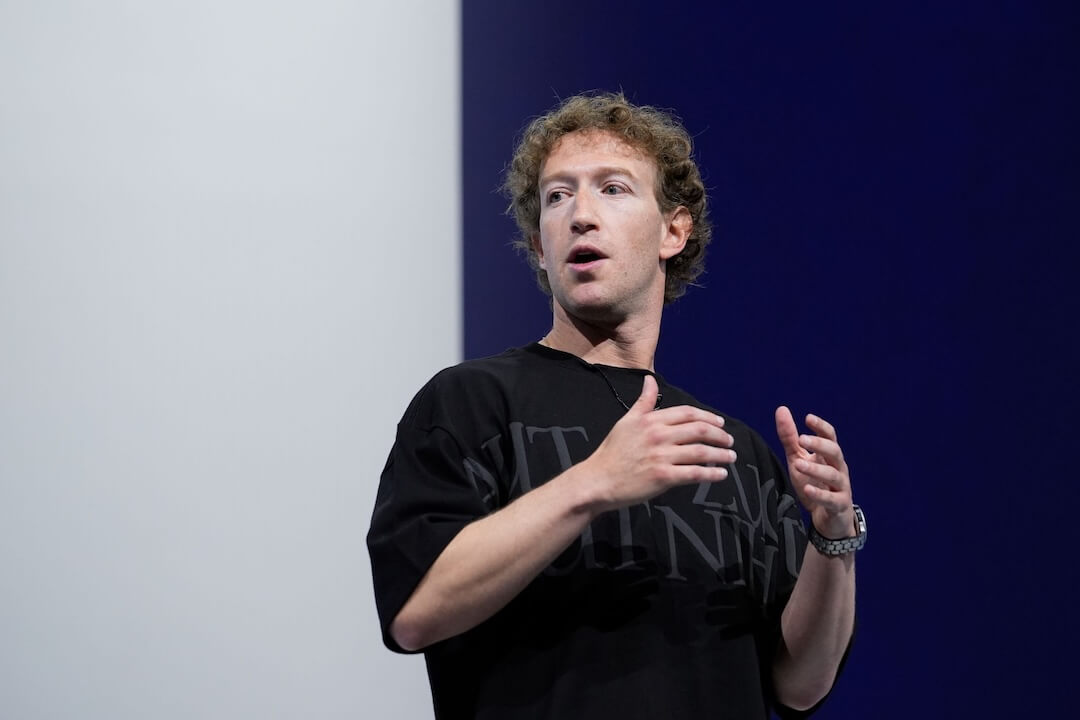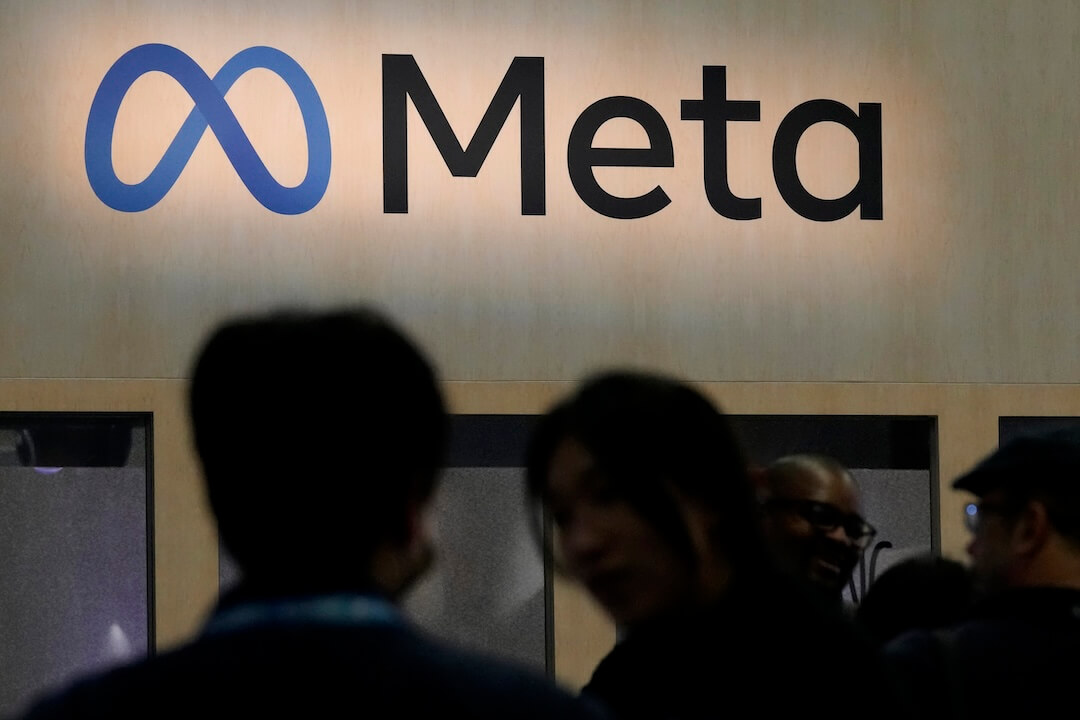The Poynter Report is our daily media newsletter. To have it delivered to your inbox Monday-Friday, click here.
ESPN shot up a documentary that it believed would score big with audiences. How did it work out? In the words of ESPN NBA announcer Mike Breen: “Bang!”
“The Last Dance” — ESPN’s 10-part documentary about Michael Jordan and the Chicago Bulls — was a smashing success for the network. It was critically acclaimed, generally adored by sports fans if Twitter is the judge and a ratings success. The original airings of all 10 episodes averaged 5.6 million viewers, making “The Last Dance” the most-watched documentary ever on ESPN.
And it could not have come along at a better time. With live sports shut down because of the coronavirus, “The Last Dance” not only provided the network with must-see programming, but fodder for its studio shows such as “SportsCenter,” “Get Up,” “First Take,” “Pardon the Interruption” and “The Jump.”
Frankly, it saved the day for ESPN.
Rob King, senior vice president and editor-at-large, ESPN Content, told me, “It’s impossible to overstate the importance of ‘The Last Dance.’ Beyond providing hours of utterly enthralling storytelling, it fulfilled our promise to serve sports fans, even in the time of a pandemic. It inspired so much great supporting content across every platform, revived tons of good, old-fashioned sports debates, and maybe most importantly, it made us all look forward to Sunday nights.”
The documentary wasn’t supposed to run until June, but ESPN rushed to air the episodes earlier, meaning that the show was still being edited and put together often just days before episodes aired. Not that one could tell.
Despite the constant time travel in the documentary from the 1997-98 season to earlier years, “The Last Dance” wove together the complicated and controversial history of one of the most influential and well-known athletes to ever live. Viewers got a peek of Jordan’s relentless (some would say overbearing) will to win. Jordan said he wouldn’t be surprised if some viewers disliked him after seeing the documentary, but I actually found Jordan more likable because he shed his carefully crafted public image from his playing days to reveal his true character. Warts and all, it’s the most honest we’ve ever seen Jordan.
This was the kind of storytelling that went far beyond just a trip down memory lane. And it’s the kind of work ESPN has done with its documentaries. Whether it’s the “30 for 30” series or “E:60” or other feature shows, ESPN has shown its skill and commitment to such storytelling time and time again.
We’ve seen it in other stories in recent weeks, such as the feature story on the devastating leg injury that nearly killed NFL quarterback Alex Smith. We’ll see more of it in the coming weeks as ESPN airs documentaries on Lance Armstrong, Bruce Lee and the 1998 baseball season that featured the home run chase between Mark McGwire and Sammy Sosa. And it proves how prepared ESPN is for this moment that no one could’ve predicted — a world with no sporting events.
“ESPN has always understood the power of original content, but the outstanding work you see these days coming not only from the Films group, but also ‘Outside the Lines,’ ‘E:60’ and ‘SportsCenter Featured’ has served as a reminder of why we’re so committed to great storytelling,” King said. “We can’t wait for live sports to return, but great stories such as Alex Smith’s recovery from injury or the tribute to mothers on the front lines of the COVID-19 battle will continue to be a rich part of our content mix.”
Media throwdown
The media story of the day Monday was fallout from a column questioning the reporting of one of journalism’s most recognizable names. New York Times media columnist Ben Smith wrote a scathing column about Ronan Farrow of The New Yorker.
I wrote a column about it for Poynter.org. Here’s the thing: columns are supposed to offer analysis and strong opinions. No one wants to read wishy-washy. But, sorry, this topic is a tough one. Even a day later, after several more reads and several more conversations with media types and colleagues, I still don’t know how I feel about Smith’s column.
Smith went out of his way to say Farrow doesn’t make things up, but he clearly questioned Farrow’s style, saying, “some aspects of his work made me wonder if Mr. Farrow didn’t, at times, fly a little too close to the sun.”
You could argue that Smith is doing the same thing that he accuses Farrow of doing: picking up certain details and ignoring others to work them into fit an overall narrative.
Oddly, the same defense can be made for both Farrow’s overall work and Smith’s column. I know what they’re saying, they might not have all the receipts, but both are telling narratives that appear true.
Maybe.
It’s like I said: a conundrum.
Read Smith’s column. Read my column. Read pieces in Rolling Stone and The Wall Street Journal for even more context. It’s a story that likely will have aftershocks.
[the_ad id=”667826″]
Three more things that popped into my head about the Smith-Farrow story
- Ben Smith certainly has made a splash as The New York Times’ media columnist since leaving his post as editor-in-chief of BuzzFeed News in January. While I haven’t always agreed with some of his takes, there’s no denying that many of his pieces have extensive reporting and have been talkers, including columns on Condé Nast, why it took so long for The New York Times to write about Joe Biden accuser Tara Reade and “Bail Out Journalists. Let Newspaper Chains Die.”
- Notice how New Yorker editors David Remnick and Michael Luo were vehement in their defense of Farrow’s stories. You can understand why. In questioning Farrow’s work, Smith was also, indirectly, questioning the editing of The New Yorker.
- Rumor of the day among media types: Smith’s piece was a preemptive strike against something Farrow is working on. We’ll see, but my feeling is Smith’s work was done in good faith. You might not agree with it, but I believe Smith believes in what he wrote. Now, does it appear that Smith likes to take on some of journalism’s sacred cows? Absolutely. (He even took on his own paper, the Times, in his first media column for it.) Then again, nothing wrong with that as long as you believe in what you’re writing. Besides, causing a stir, getting people to read what you write and starting a discussion is the whole point of being a columnist.
Counting every vote
The presidential election is Nov. 3. Assuming that this pandemic doesn’t somehow throw a wrench into voting, we will all be tuned into our televisions late that Tuesday night waiting for the networks to make the call about whether Donald Trump is elected to a second term or if Joe Biden will be the next president.
Or will we?
Stacey Abrams, the former Democratic candidate for governor of Georgia, told The New York Times’ editorial board, “It’s going to be a slow election” and we “can’t expect for the nightly news to call the election on the evening of, because this is not a normal election.”
James Bennet, the Times’ editorial page editor, wrote it could be like 2000 when George W. Bush and Al Gore argued over who won Florida.
“Now,” Bennet wrote, “consider the possibility of similar litigation in many states, in our era of state-sponsored disinformation and conspiracy theories, during a pandemic, under a president who still insists that even an election that he won was rigged against him.”
Abrams told the Times editorial board that Americans need to brace now for that possibility.
Slate’s survey
The past few days have felt like a time of acceleration in the reopening of the country. Which makes the latest survey from Slate an interesting read. Slate surveyed 6,000 to find out, essentially, what people are comfortable doing.
Some of the results:
- Going back to the office: 43% said no, 37% said yes.
- Getting a haircut: 44% said no, 38% said yes.
- Shopping at a nonessential business: 42% said yes, 41% said no.
- A routine doctor or dentist checkup: 61% said yes, 23% said no.
And there are other questions, including childcare, summer camps, concerts, vacations and eating out. It also includes an interesting cross-section of comments from those surveyed, including where the commenters lived.
As a reader, I appreciated not only the questions, but the detailed responses. Not that I would necessarily listen to some person I don’t know from a state where I don’t live, but in these uncertain times and unpredictable futures, I appreciate reading about how others are dealing with this pandemic.
[the_ad id=”667872″]
Tweet of the day
Veteran journalist Soledad O’Brien isn’t bashful about calling out the media on her Twitter feed. She thinks it, she tweets it and she doesn’t seem to care who she might bother or offend. And her criticisms are rarely mild. On a scale of 1 to 10, she is often at 11.
She took aim at ALL the media on Monday for reporting on President Trump’s claim that he has been taking daily doses of hydroxychloroquine for at least a week and a half.
O’Brien tweeted, “The media again falls over itself to follow the latest pronouncement from the President, which is likely a lie, which they all know. They will not, however, frame it as likely a lie. They will quote him and tweet those quotes without context.”
Media tidbits
- Facebook founder and CEO Mark Zuckerberg will be interviewed by Norah O’Donnell on tonight’s “CBS Evening News.” He is expected to talk about a new Facebook feature as well as his efforts to help during the COVID-19 crisis.
- AWSM — the Association for Women in Sports Media — has canceled its 2020 convention, which was set for late July in Dallas. In a tweet, AWSM said, “While this was a difficult decision with so many looking forward to #AWSM2020, the safety of our members and attendees is our top priority.”
- Kevin Mayer, who heads up Disney+ but was passed over for the CEO job at Disney, will become TikTok’s CEO. New York Times media columnist Ben Smith tweeted, “TikTok needed, among other things, a Congressional-hearing ready American CEO at the highest level.”
- The Boston Globe now has surpassed 200,000 digital subscribers. Writing for WGBH, Dan Kennedy, an associate professor of journalism at Northeastern University, reported that Globe editor Brian McGrory said interest in the Globe has increased with the outlet’s coronavirus coverage. McGrory said, “It took us seven years to get our first 100,000 digital-only subscribers and about 11 months to get to 200,000.”
Hot type
- I wrote in Monday’s Poynter Report that “Obamagate” could turn into this election’s version of “Hillary’s emails.” Well, Washington Post media columnist Margaret Sullivan has similar thoughts in her latest column.
- The Southwest Airlines CEO says an airplane is “as safe as an environment as you’re going to find.” Is that true? PolitiFact executive director Aaron Sharockman finds out in this “Truth-O-Meter Minute.”
- Politico’s Natasha Korecki with a very unflattering story about Biden accuser Tara Reade.
- One of my all-time favorite funny guys Fred Willard died late last week. No cause of death has been given. He was 86. The Ringer’s Rob Harvilla writes what made Willard so funny.
Have feedback or a tip? Email Poynter senior media writer Tom Jones at tjones@poynter.org.
[the_ad id=”667878″]
More resources for journalists
- Sign up to receive our new Coronavirus Facts newsletter — PolitiFact and MediaWise
- On Poynt Live training: May 21 at 2 p.m. Eastern — Niche newsletters: Bouncing Back From the COVID-19 Engagement Slump — Poynter
- Understanding Your Creative Evolution: May 20 at 2 p.m. Eastern — RTDNA
- Reporting on coronavirus: Using Facebook Ads Archive — May 21 at 11 a.m. Eastern — First Draft
Want to get this briefing in your inbox? Sign up here.



